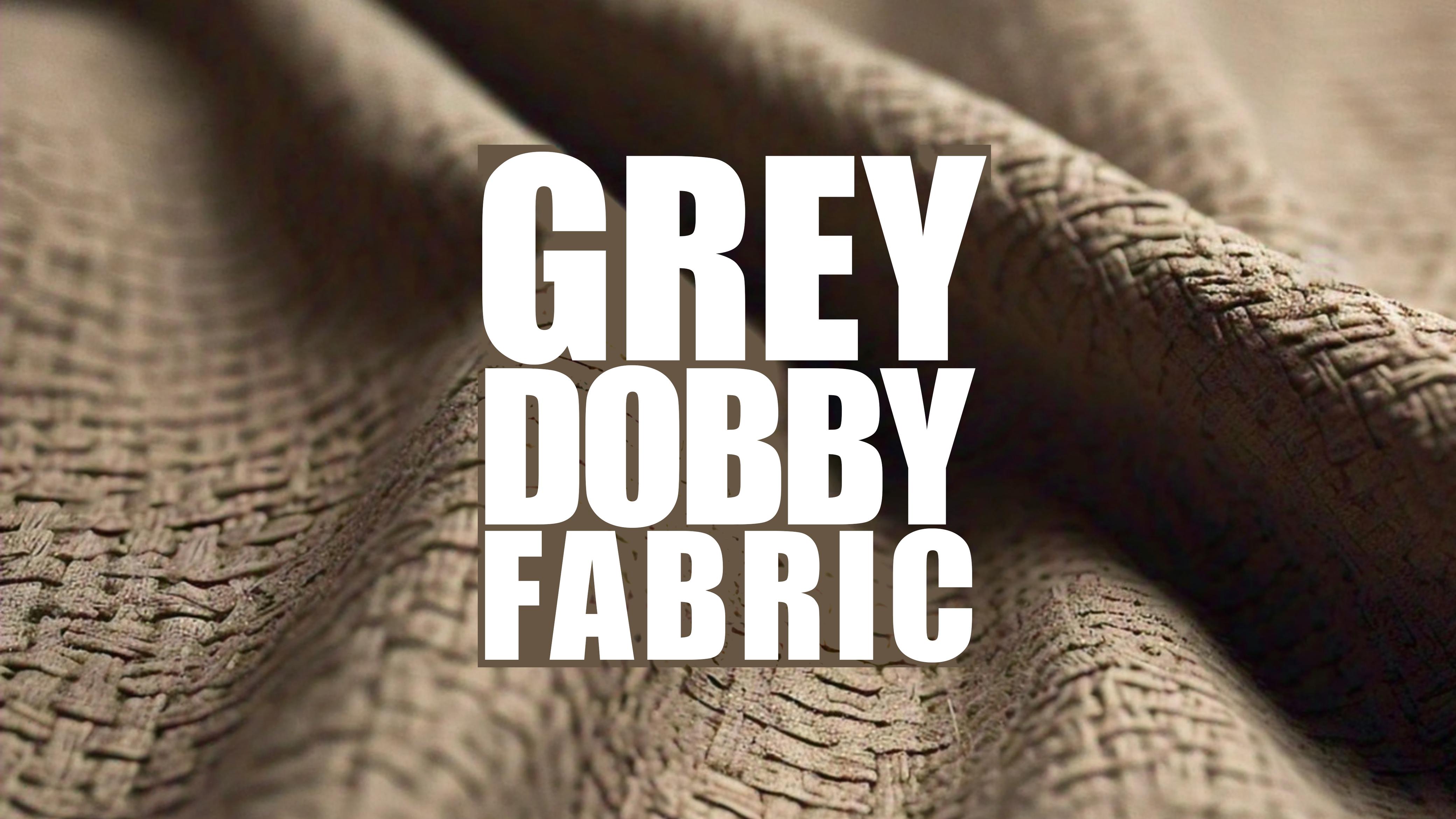
Grey Dobby Fabric
What kind of fabric is Dobby Fabric?
Dobby or Dobbie fabric is a type of woven fabric that is produced on a specialized Dobby loom. It is characterized by the unique texture of the fabric. The textures can range from small geometric patterns to distinct stripe designs.
This uniqueness is achieved by interlacing warp (vertical) and weft (horizontal) threads in a slightly different position. In the 1840s, when the dobby loom was invented, it allowed the weaver to raise and lower the two yarns to create distinctive, geometric patterns in the fabric.
It is important to note that Dobby fabrics were used initially in India during 1859 when British Polo players wore POLO shirts in their tournaments and games.
Properties:
- Dobby fabrics may incorporate a variety of different fibers such as cotton, nylon, etc.
- They are inexpensive to produce
- It can be produced in a variety of weights, patterns, and colors.
- They are less complex than Jacquard fabrics
- Pique fabrics are a type of dobby construction.
- Flexible with colors
- Hundreds of patterns can be made.
What is a Dobby Loom?
Dobby looms first appeared around 1843 , roughly 40 years after the invention of the Jacquard looms by Joseph Marie Jacquard.
The name Dobby is derived from draw boy
, which refers to the weaver’s helper who used to control the warp thread by pulling on draw threads.
In a Dobby loom, every warp thread is attached to a single shaft using a device called a heddle. Each shaft controls a set of threads.
By raising or lowering these shafts at the same time gives a huge variety of possible gaps through which the weft thread can be thrown. This is the unique property of the Dobby loom that gives the fabrics distinct textures and patterns.
In the early days, these shafts were controlled using legs or other manual power. But today, these are controlled by either computer programs or similar mechanized technologies.